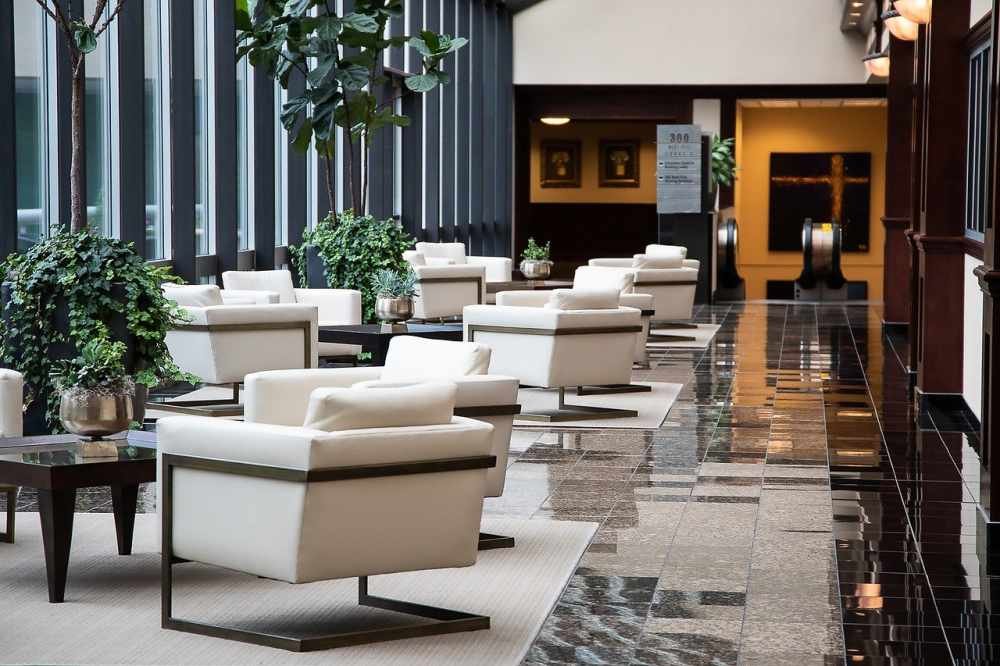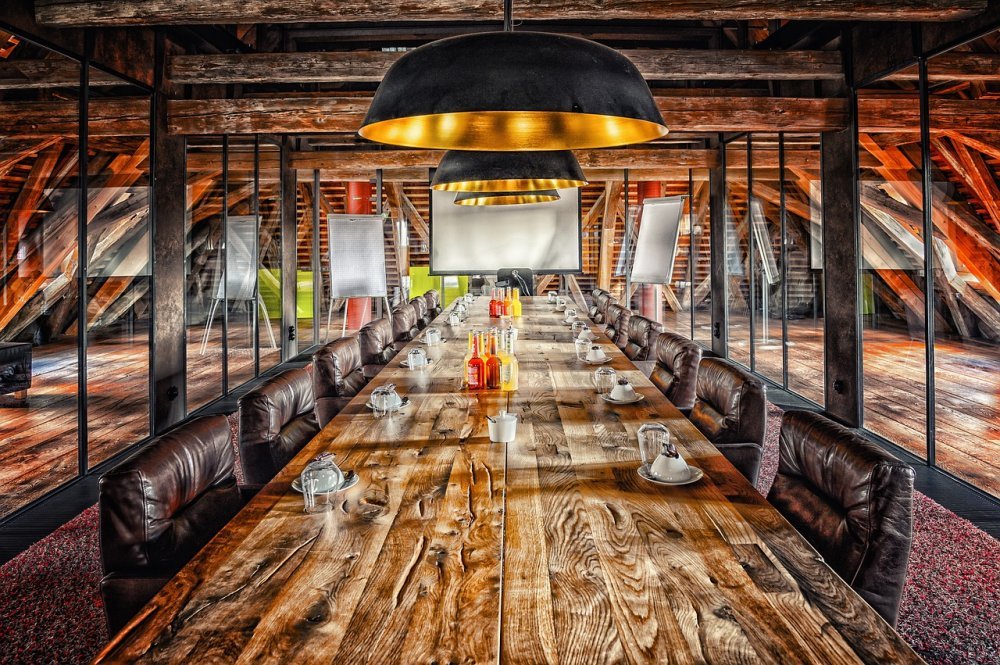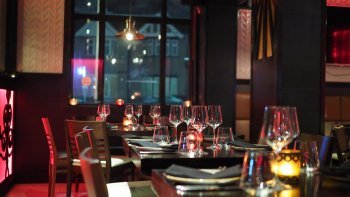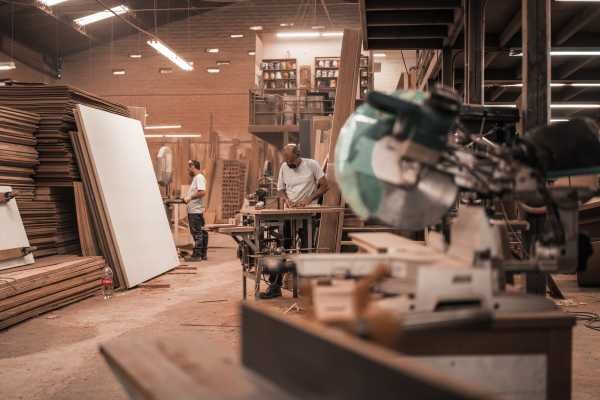In today’s competitive retail landscape, shop interior design plays a pivotal role in attracting customers and enhancing their shopping experience. The design of a retail space is not merely about aesthetics; it encompasses strategic planning and creative execution to create an environment that encourages browsing, maximizes sales, and builds brand loyalty. A well-designed store interior can make a significant difference in the success of a retail business.

Innovative Shop Interior Design: Transforming Retail Spaces for Maximum Impact
When it comes to shop interior design, there are several key elements to consider in order to create an inviting and functional space. One important aspect is the layout of the store, which should be designed in a way that guides customers through the space and encourages them to explore different products. Utilizing strategic placement of displays and shelves can help create a seamless flow within the shop.
Another crucial factor in shop interior design is the use of lighting. Proper lighting can enhance the overall ambiance of the store and highlight specific products or areas. Natural light is always a great option if available, but artificial lighting fixtures can also be used effectively to create a warm and welcoming atmosphere. Additionally, incorporating elements such as color schemes, materials, and textures that align with the brand’s identity can further enhance the overall aesthetic appeal of the shop interior design.

Key Elements of Effective Shop Interior Design
1. Understanding the Brand Identity
Every successful shop interior design starts with a deep understanding of the brand’s identity. This includes the brand’s values, target audience, and unique selling propositions. By aligning the interior design with the brand identity, retailers can create a cohesive and immersive shopping experience that resonates with customers.
2. Strategic Layout Planning
The layout of a store is crucial in guiding customer flow and behavior. A strategic layout maximizes space utilization, ensures ease of navigation, and highlights key product areas. Common layouts include grid, loop, and free-flow designs, each catering to different types of retail spaces and customer experiences.
3. Optimizing Product Displays
Product displays are vital in attracting attention and encouraging purchases. Effective displays use a combination of lighting, color, and positioning to highlight products. Techniques such as cross-merchandising and storytelling through displays can enhance the visual appeal and functionality of the space.
4. Lighting Design
Lighting is a powerful tool in retail design. It not only illuminates the space but also sets the mood and influences customer perception. Different lighting techniques, such as ambient, task, and accent lighting, can be used to create a welcoming atmosphere and draw attention to key products.
5. Color Psychology
Colors have a profound impact on customer emotions and behavior. Understanding color psychology helps in choosing the right palette to evoke desired feelings. For instance, warm colors like red and yellow can create a sense of urgency, while cool colors like blue and green promote relaxation.
6. Incorporating Technology
In the digital age, incorporating technology into shop interior design is essential. Interactive displays, digital signage, and smart fitting rooms enhance the shopping experience by providing customers with more information and convenience. Technology can also streamline operations and improve customer service.

Designing for Different Types of Retail Spaces
1. Fashion and Apparel Stores
Fashion stores require a design that reflects the latest trends and creates a luxurious ambiance. Open spaces, large mirrors, and high-quality lighting are essential. Additionally, modular fixtures allow for flexibility in showcasing seasonal collections.
2. Specialty Stores
Specialty stores benefit from a unique and memorable design that emphasizes the exclusivity of their products. Custom fixtures, themed decor, and personalized customer service areas contribute to an immersive shopping experience.
3. Department Stores
Department stores need a design that accommodates a wide variety of products and customer preferences. Clear signage, logical product grouping, and spacious aisles are important. Interactive kiosks and wayfinding solutions can enhance the overall shopping journey.
4. Grocery Stores
Grocery store design focuses on convenience and efficiency. Effective use of space, clear navigation paths, and well-organized product sections are critical. Lighting and color schemes should promote freshness and cleanliness.

Sustainable Shop Interior Design
1. Eco-friendly Materials
Sustainability in retail design is gaining importance. Using eco-friendly materials such as reclaimed wood, recycled metal, and low-VOC paints can reduce the environmental impact. These materials also appeal to environmentally conscious consumers.
2. Energy-efficient Lighting
Implementing energy-efficient lighting solutions, like LED fixtures, reduces energy consumption and operational costs. Smart lighting systems that adjust based on occupancy and natural light availability further enhance efficiency.
3. Sustainable Fixtures and Furniture
Choosing sustainable fixtures and furniture made from renewable resources supports eco-friendly practices. Modular and multifunctional furniture can also reduce waste and provide long-term value.

Creating an Engaging Customer Experience
1. Sensory Design
Incorporating elements that engage all five senses can create a memorable shopping experience. This includes pleasant scents, background music, tactile surfaces, and visual displays that capture attention.
2. Customer Comfort
Ensuring customer comfort through amenities such as seating areas, restrooms, and refreshment stations encourages longer store visits. Thoughtful design elements like climate control and spacious walkways enhance the overall experience.
3. Personalized Interactions
Personalization is key to modern retail. Design elements that support personalized interactions, such as interactive kiosks and mobile checkout options, make shopping more convenient and tailored to individual preferences.
The Future of Shop Interior Design
1. Integration of Augmented Reality (AR)
AR technology is transforming shop interior design by allowing customers to visualize products in different settings. Virtual fitting rooms and AR-enhanced product displays offer an innovative and interactive shopping experience.
2. Flexible and Adaptable Spaces
Retail spaces need to be adaptable to changing trends and consumer behaviors. Flexible design solutions, such as movable walls and modular fixtures, enable retailers to quickly update their interiors without significant disruptions.
3. Focus on Community and Experience
Modern retail spaces are becoming community hubs that offer more than just products. Incorporating areas for social interaction, events, and workshops can create a sense of community and drive customer loyalty.
Conclusion
Shop interior design is a dynamic and multifaceted discipline that combines creativity, strategy, and functionality. By understanding the key elements of effective design and staying ahead of industry trends, retailers can create engaging and memorable shopping environments that drive customer satisfaction and business success. Implementing sustainable practices and embracing technology will further enhance the appeal and efficiency of retail spaces.